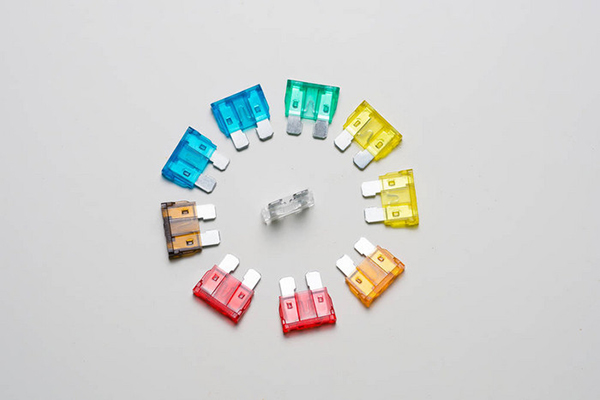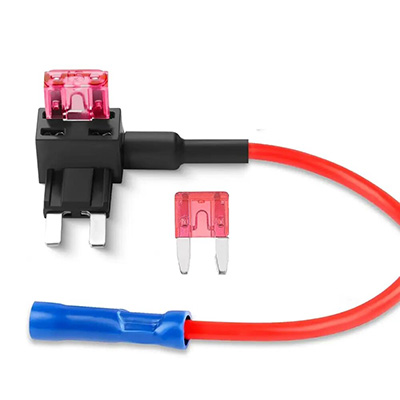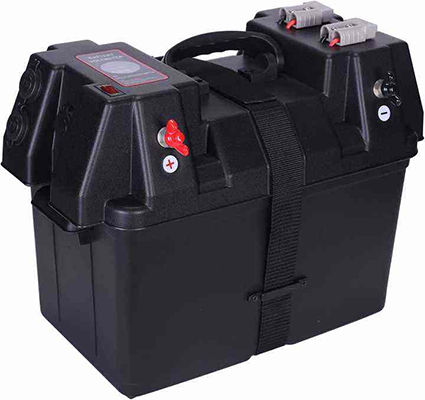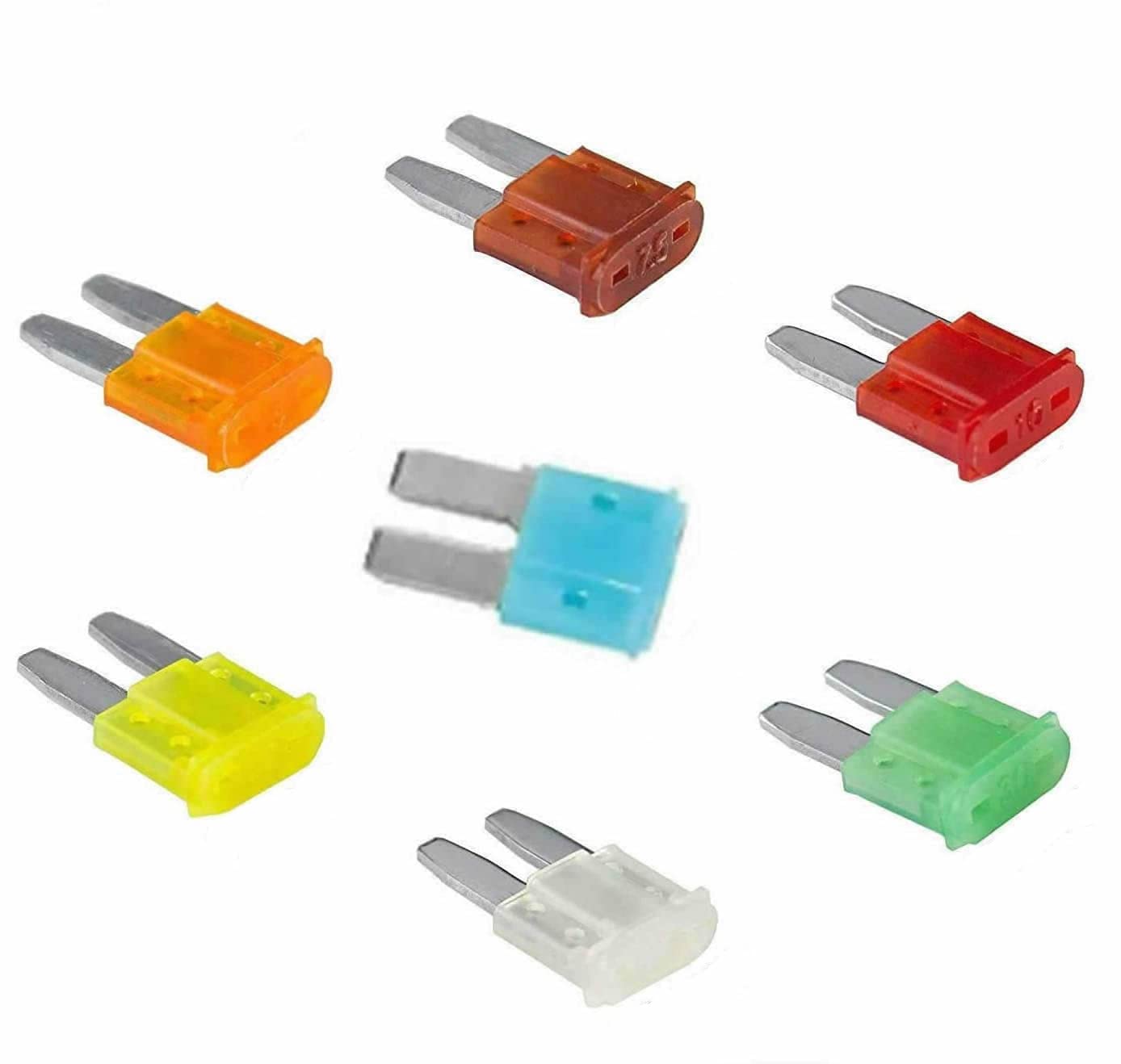Comprehensive Guide to Identifying Car Fuse Box Locations and Diagnosing Blown Fuses in Modern Vehicles
News 2025-10-13
Understanding the role of the fuse box in a car is essential for any vehicle owner. Fuses protect electrical systems from overloads and short circuits, preventing damage to components like lights, radios, and power windows. In everyday scenarios, such as when a dashboard light fails or a power outlet stops working, checking the fuse box can quickly identify and resolve issues. This guide covers common car models and provides practical steps to locate and inspect fuses, ensuring reliable vehicle performance and safety.

Locating the Fuse Box
Finding the fuse box is the first step in troubleshooting electrical problems. In most cars, the primary fuse box is under the dashboard on the driver’s side, often behind a cover that can be removed with a screwdriver or by hand. Some vehicles have a secondary fuse box in the engine compartment or trunk. For example, in Ford and Chevrolet models, consult the owner’s manual for exact locations, as designs vary. Knowing these spots helps in emergency situations, like during a road trip, allowing quick access to diagnose faults and maintain functionality without professional help.
Identifying Blown Fuses
A blown fuse is indicated by a broken metal strip inside the glass or plastic casing, which can be seen with a flashlight. Fuses are color-coded by amperage, such as red for 10 amps or blue for 15 amps, making identification easier. In practical applications, this feature aids in pinpointing issues in systems like the air conditioning or charging ports. The performance advantage lies in the fuse’s ability to sacrifice itself to protect wiring, reducing the risk of fires or costly repairs. Regular checks during routine maintenance can catch problems early, enhancing vehicle longevity and reliability.
Checking and Replacing Fuses
To check a fuse, use a multimeter set to continuity mode or visually inspect for damage. If blown, replace it with an identical amperage fuse to avoid electrical hazards. This process is straightforward in various settings, from home garages to roadside fixes, and highlights the fuse’s cost-effectiveness and ease of use compared to complex diagnostics. Performance benefits include immediate restoration of functions, such as headlights or wipers, ensuring safety during drives. Always disconnect the battery first to prevent shocks, and keep spare fuses in your glove compartment for quick swaps.
Frequently Asked Questions
1、What is a car fuse box?
A car fuse box is a central hub that houses fuses and relays to protect electrical circuits from overloads.
2、How do I know if a fuse is blown?
You can tell by a visibly broken filament or using a multimeter to check for no continuity.
3、Can driving with a blown fuse cause damage?
Yes, it may lead to unprotected circuits overheating or failing, potentially causing further electrical issues.


